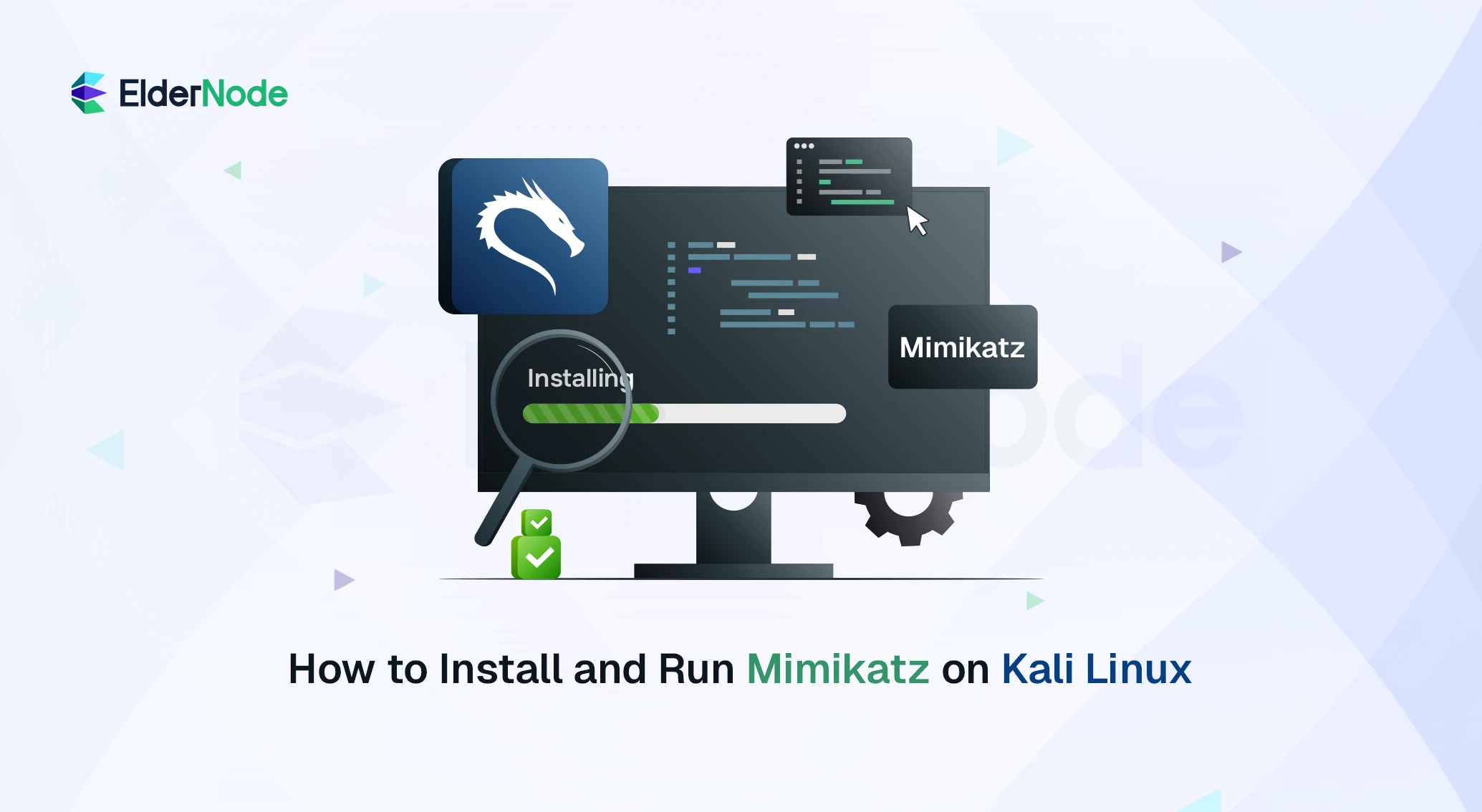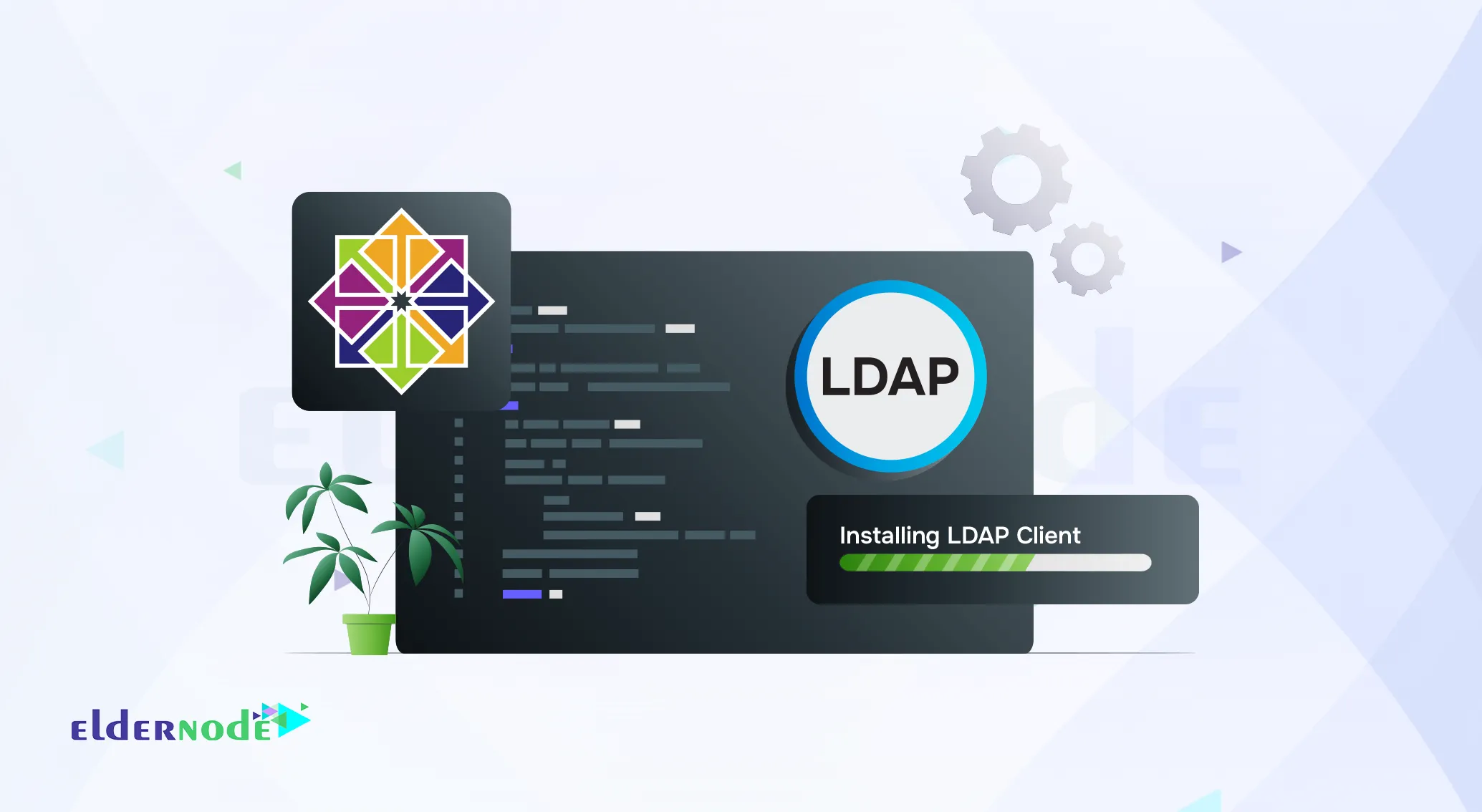How to Install and Run Mimikatz on Kali Linux (Step-by-Step)

When a Red Team gains access to a target network, the next step is usually collecting credentials and expanding access. On Windows-based environments, one of the most practical tools for post-exploitation is Mimikatz. This powerful utility helps security professionals extract passwords, hashes, and Kerberos tickets directly from memory. In the following sections, I’ll walk you through installing Mimikatz on Kali Linux. I will also explain using it the way Red Teamers normally do during their assessments.
If you are planning to run these tests on a remote environment, you can also check the Linux VPS plans available on the Eldernode website.
What is Mimikatz?
You’ve probably heard the name Mimikatz at some point if you’ve worked with Windows security tools. It started as a small side project by Benjamin Delpy. Over time, it turned into one of those utilities that almost everyone in the security world ends up using. It is interesting because it can pull sensitive authentication data out of memory. This includes things like passwords, hashes, and even Kerberos tickets.
For Red Teamers and security researchers, Mimikatz isn’t just a “tool”; it’s more like a window into how Windows actually handles authentication beneath the surface. Once you use it a few times, you quickly understand why attackers rely on it so much. You also see why defenders take it seriously.
In the rest of this guide, we’ll walk through installing and running Mimikatz on Kali Linux. This is mainly so you can test things safely in your own lab environment and get a feel for how it behaves.
Installing Mimikatz on Kali Linux
Before you can start working with Mimikatz, you need to install it from the Kali repositories. The process is simple, but it’s always a good idea to refresh your package list first. This ensures you’re not pulling outdated dependencies.
To update your system, run:
sudo apt update
Once the update finishes, you can install Mimikatz with:
sudo apt install mimikatz
How to Run Mimikatz on Kali Linux
Once the installation is finished, you can launch Mimikatz directly from the terminal. Just type:
You can run the Mimikatz using the following command:
mimikatz
If you want to see the available commands or check the built-in options, use:
mimikatz -h
Uninstalling Mimikatz on Kali Linux
If you’re done testing and want to remove Mimikatz from your Kali system, you can uninstall it with a single command:
sudo apt remove mimikatz
After that, if you’d like to clear out the remaining configs and any extra packages that were pulled in during installation, use:
sudo apt autoremove --purge mimikatz
Conclusion
Mimikatz has become one of the most important tools in post-exploitation. It exposes how Windows handles authentication and where its weaknesses appear. By extracting credentials, hashes, and Kerberos tickets, it helps security teams understand exactly how an attacker could move inside a compromised environment.
By now, you’ve seen how to install Mimikatz on Kali Linux and try its basic commands. Additionally, you know how to remove it when you’re done testing. If you have any questions or run into an issue while following the steps, feel free to leave a comment. We’re here to help.
You Might Also Enjoy

How To Block Neighbor Discovery On MikroTik (Complete Guide)

How to Install Moodle on AlmaLinux in 5 Easy Steps [2025 Gui...

How to Monitor Bandwidth and Traffic on MikroTik RouterOS

How to Configure OpenVPN on MikroTik VPS (Complete Guide)

How to Install Screenlets on Ubuntu 24.04 (Step-by-Step Guid...

How to Downgrade MikroTik RouterOS and Firmware
![KDE-Plasma-on-Kali-Linux How to Install KDE Plasma on Kali Linux [Step-by-Step Guide]](https://eldernode.com/wp-content/uploads/2021/02/KDE-Plasma-on-Kali-Linux.webp)
How to Install KDE Plasma on Kali Linux [Step-by-Step Guide]

How to Create a Hidden Admin Account in Windows Easily

How to Install LDAP Client on CentOS 7 and 8 (Step-by-Step)
![How-To-Install-Binwalk-On-Ubuntu How to Install Binwalk on Ubuntu 20.04 [Step-by-Step Guide]](https://eldernode.com/wp-content/uploads/2025/04/How-To-Install-Binwalk-On-Ubuntu.webp)

